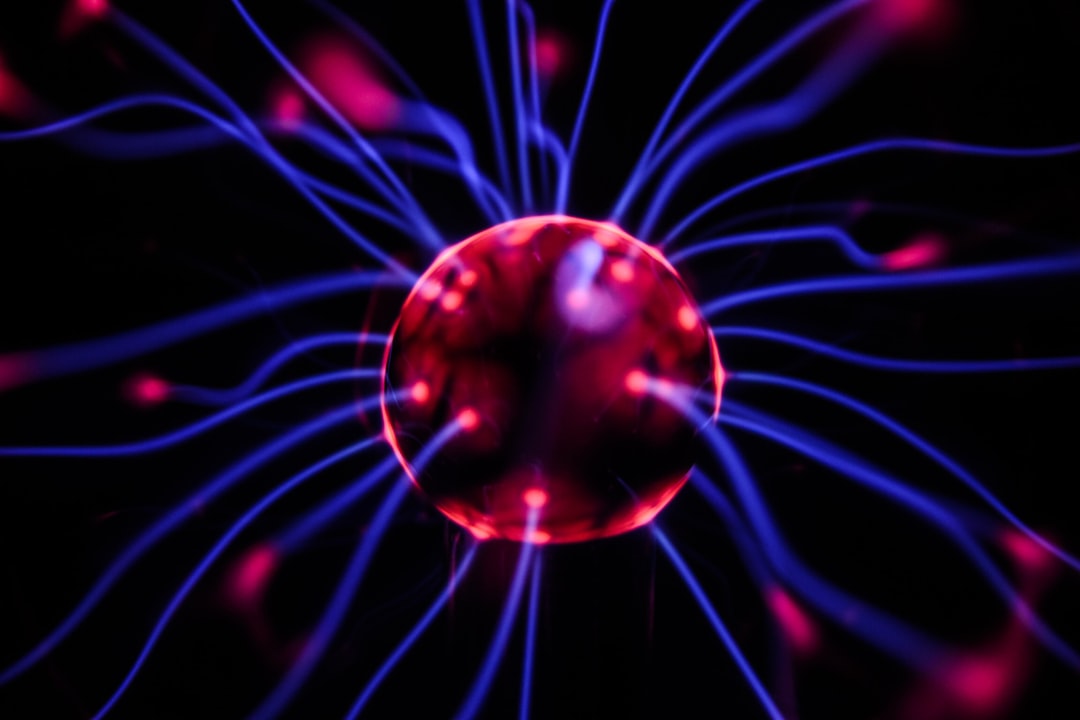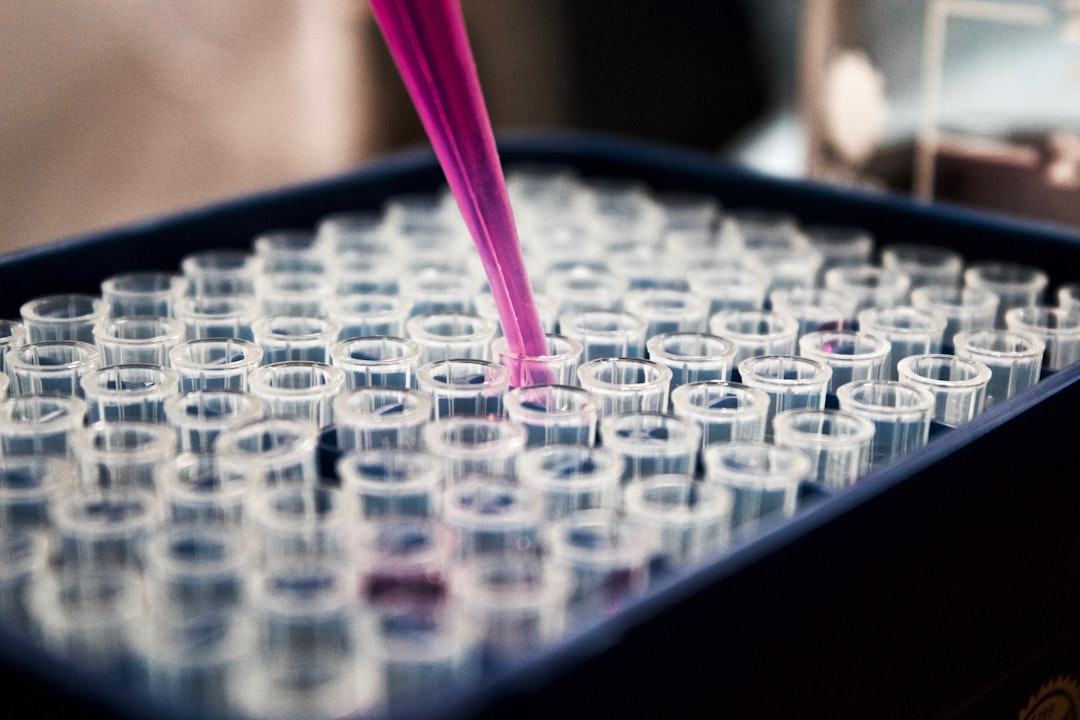What is it about?
For decades, Parkinson's Disease has been considered a state of dopamine deficiency in the basal ganglia. Accordingly, dopaminergic therapies became the standard of care. Yet no study reported the levels of dopamine in the dopaminergic neuron's cytoplasm, the site of dopamine-mediated toxicity. This is the first report of cytosolic dopamine levels in Parkinson's patients's dopaminergic neurons relative to the levels in people without Parkinson's. The neurons in the caudate had cytoplasmic dopamine levels over 80% higher than normal and in the putamen were 460% of normal. This cytoplasmic dopamine excess explains why dopaminergic therapy does not change the progression of the disease and establishes a new target for treatment.
Featured Image
Why is it important?
With standard treatments meaningfully unchanged since the 1970s, Parkinson's patients need reevaluation of the disease pathophysiology assumptions and exploration of how new therapeutic targets can be identified. This manuscript does both.
Perspectives
Anyone who's watched a person dwindle with Parkinson's knows that new approaches are needed. The current understanding of disease is not leading drug/device developers down the right path - all therapies today are merely palliative. It's time for reevaluation of our approach; these data show how to look differently at the disease, which we need to hope of new and effective therapies.
Jonathan Sackner-Bernstein
Read the Original
This page is a summary of: Estimates of Intracellular Dopamine in Parkinson’s Disease: A Systematic Review and Meta-Analysis, Journal of Parkinson s Disease, August 2021, IOS Press,
DOI: 10.3233/jpd-212715.
You can read the full text:
Contributors
The following have contributed to this page










